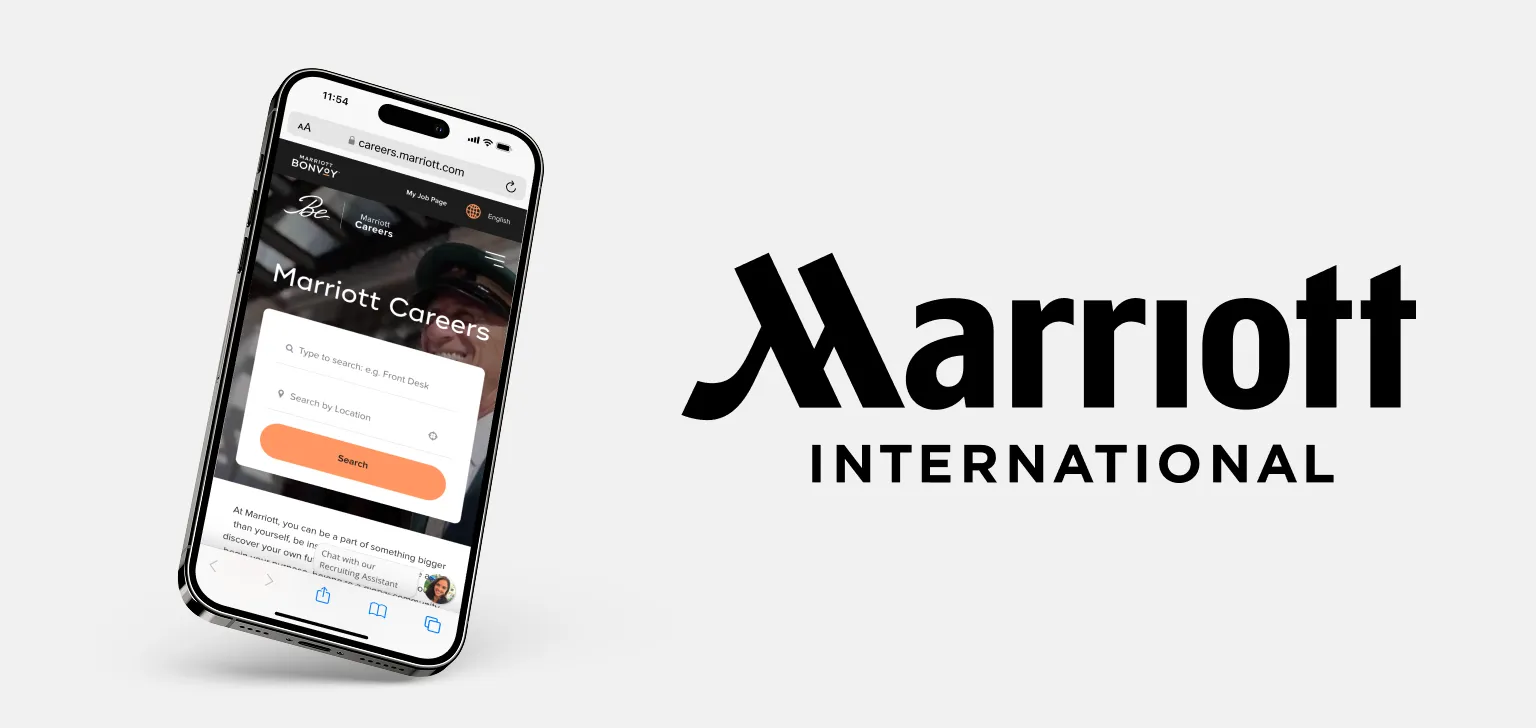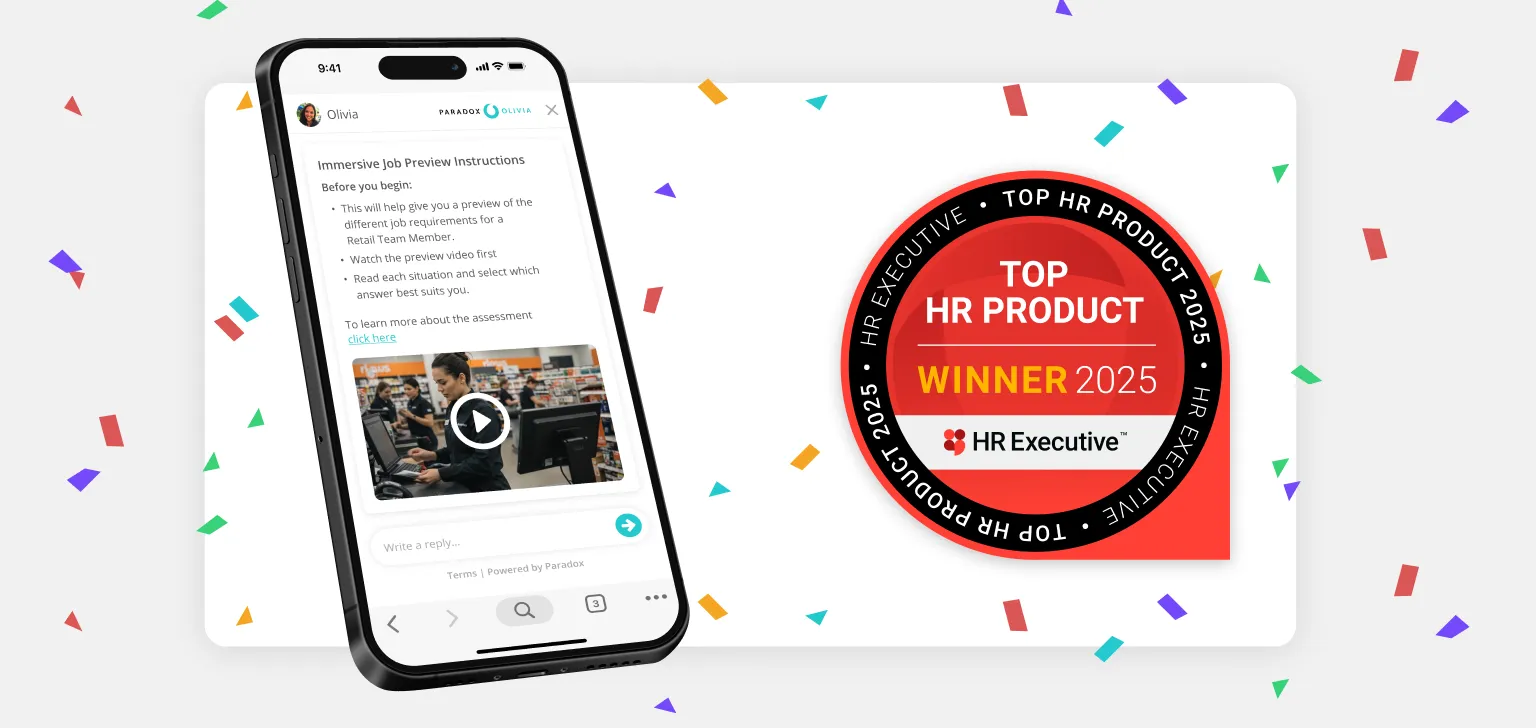Career sites are actually a rather new invention in the history of recruiting and talent acquisition. We take them for granted today, but when we started using the internet, posting open jobs as a corporation wasn’t the first thing on everyone’s mind. The first websites for companies were kind of like billboards on the side of the information superhighway:
“Hey! Come buy our stuff!”
Eventually, job sites on the internet became all the rage (think Monster.com), and that’s how most people found jobs on the internet. At some point, applicant tracking providers were able to show companies that it might be to their advantage to stop spending so much money posting on job boards and have their “own” job board right on their company’s website. Along came companies like Indeed to take advantage of this trend, and they scraped all the jobs from company career sites and made it easier for job seekers to find all the jobs in one place — which certainly has its benefits, but it also made TA professionals beholden to yet another third party site to get traffic to our jobs.
There are way more twists and turns in the history of career sites, of course, but for the most part, that’s how we got to where we are today.
Where is that exactly?
Well, we all still basically have a billboard sitting on the side of the road telling people we have open jobs. The problem is most of our “job billboards” — our career sites — are covered up by overgrown trees, and no one knows they’re even there (unless you spend some money advertising and pushing traffic to your career site). It’s one of the biggest failures organizations make when it comes to hiring and recruiting: They’ll spend hundreds of thousands — if not millions — of dollars developing a career site with dozens and dozens of pages of content … and then they don’t do anything to let candidates know it’s there!
It’s like buying an amazing Ferrari that you just leave it in your garage.
The vast majority of organizations would honestly be in a better place if they just used the career site that comes for free with their ATS and utilized the cost savings in other ways.
Here’s how to test if your career site is actually working.
- Step 1: Go to your organization’s career site.
- Step 2: Now find someone who is not in HR or talent acquisition (or not working for your company at all), and ask them to try to apply for a job.
- Step 3: Count how many clicks it takes to actually do it.
The magic number is one. Anything more than that and you’re losing.
It’s estimated that each click could cost you up to a third of the potential candidates you should be getting.
Unfortunately, if most organizations went through this experiment they’d probably need a calculator to keep track, because there is simply way too much stuff impeding a candidate from the job they want. Which is the exact opposite of what a career site should be. If you had to distill it down, this is the goal of every career site:
- Be very simple to find.
- Make finding jobs very simple.
- Make applying for those jobs very simple.
- Make learning key details, specific to each candidate, very simple.
Yes, this is redundant. On purpose. Why are we making it so hard for people to apply for careers on a career site? It’s like the person designing our career sites is purposely trying to make it hard for someone to apply. They actually had to work harder to build in steps to make it more complex!
Here’s how your career site should actually work.
First, no one should ever have to search to find a job. There should be big giant buttons and wording that makes it crystal clear! “Hey! Right Here!” A simple “Apply Here”, “Careers” or “Jobs” will suffice. Once they click on that link, there should be no question of how they find or apply to your jobs! A job list should be visible or a search bar to search open jobs. If they want to skip the job search and just apply, they should also have this option. No more clicks.
You can easily do this by integrating AI into your career site homepage. The AI hiring assistant will pop up the moment someone visits your career site and simply asks the candidate “Can I help you apply or search for a job?” Boom, no more candidates wandering around aimlessly. We don’t have to overcomplicate this process. The more straightforward you can make it. The easier you can make it. The fewer steps you can make it. The more candidates you’ll get.
We call this candidate conversion and most organizations are terrible at candidate conversion because they add too many many clicks into the process.
The keys to a great career site are very simple:
- Don’t overspend on stuff candidates don’t care about.
- Use your career site savings on advertising that will send more candidates to your career site jobs.
- Make finding jobs on your career site as simple as possible.
- Eliminate every unnecessary step in your application process.
- Measure your conversion. How many candidates visit your jobs and how many of those who visit turn into applicants?
Too often, as talent acquisition professionals, we overspend our resources on our career sites. We believe that this will make a difference to candidates. For the most part, it doesn’t.









